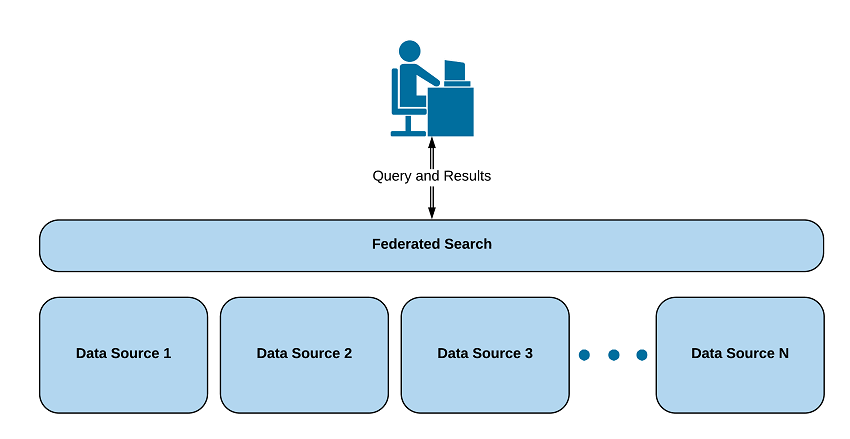What are the Benefits of Federated Search?

A large utility company has a website that thousands of customers visit to find out their account status and solve problems with their utilities. In addition, the website presents helpful tips and information from other partners and advertisers to increase traffic and revenue. Here are the benefits of a federated search for a large utility company. Other companies can use these benefits to improve their services.
Index-time merging
Index-time merging is a method for combining the results of several search systems into a single result. This approach is less complex but is slower than other federated search methods. It relies on separate indexes and takes a long time to run, and can be very inefficient when the content being searched is in different forms. Moreover, it is challenging to configure satisfying relevance for aggregated results.
Another benefit of the federated search tool is its ability to provide relevant results across all sources. When different sources produce search results, the corresponding information should be merged to be relevant to the user. This process requires multiple database accesses, each with its search parameters. Index-time merging improves this process. However, the searcher still has to do some work.
Improved user experience
A recent study conducted by a library software company, focused on how users experience federated search. It is a new interface that university libraries will offer. Researchers conducted usability tests to understand better how users interact with the interface. A representative sample of eight volunteers was chosen based on demographic characteristics and guided by a moderator. Participants completed a survey with three open-ended items. After completing the study, transcripts were generated. This information was used to identify any issues with the user interface.
In the case of educational institutions, federated search can provide fast access to research papers and academic journals. This approach eliminates the need for students to log in to different resources. Also, a combined search allows users to exclude results from specific sources. When a user searches using a federated search interface, the results will be shown only from one repository. Students and faculty members do not have to log in to multiple warehouses to access their information.
Increased security
Federated search enables security teams to use multiple data sources for threat detection and response, thereby reducing manual efforts for SOC analysts. However, this technology can be complex and time-consuming to deploy, as not all data and tools have the same structure. As a result, security analysts often spend too much time implementing and configuring individual tools. This article will discuss the benefits of federated search and its potential to reduce costs and enhance security for your organization.
When appropriately used, federated search can provide many benefits. First, it can dramatically expand your search reach. Because combined search can query secure data sources, it can give you results you wouldn’t get with a simple web search. For example, users can search public works department resources, and city clerks can access public works department documents. Users can also remain in the familiar search portal while still getting the results.
Time-saving
Aside from allowing you to search across multiple repositories, federated searches also improve the speed of retrieving information. Because you can now search across multiple locations simultaneously, you will not have to log in to each one individually. This can make it easier for you to act on the information you need right away. However, the most significant time-saving benefit of federated search is its increased efficiency.
As a search engine, you must consider index-time merging to optimize performance. You can also add federated search functionality to your site with ease. The advantages of federated search are endless!










